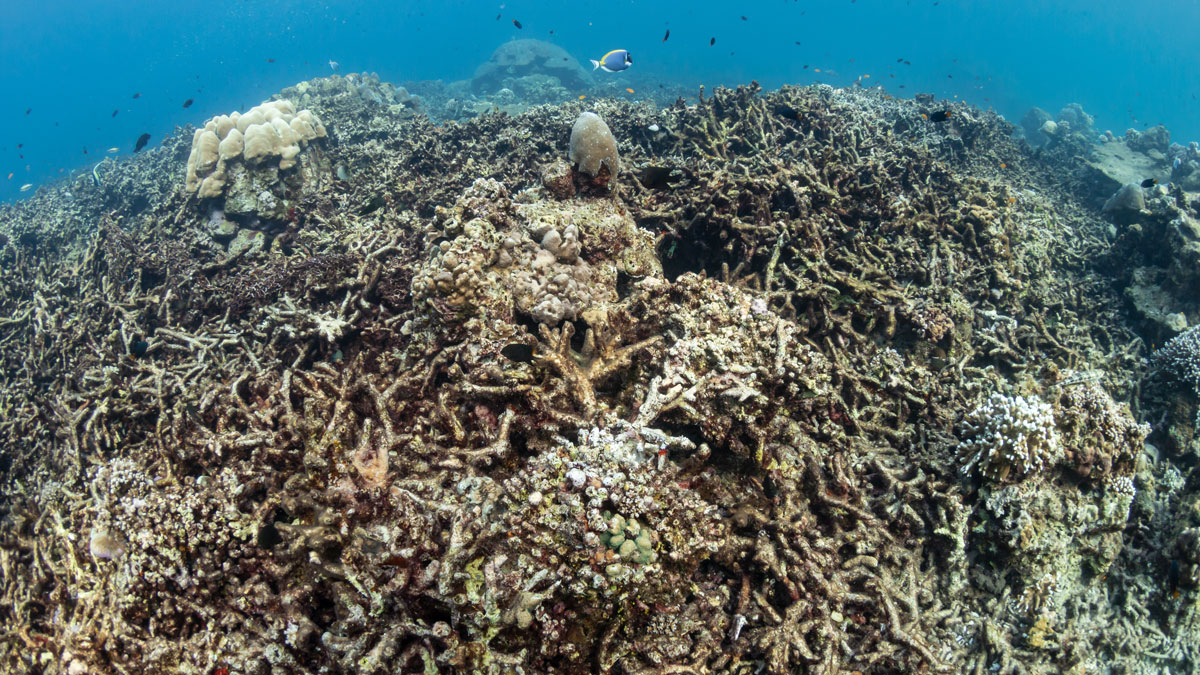The urgency of the climate and biodiversity crises has never been clearer. Here in Australia, with floods, fires and droughts impacting our communities and the places we love, we know we’re rapidly reaching the point of no return for the planet. Can we course correct in time? I believe we can, but humanity needs all hands on deck — including those that give.
Philanthropy has a vital role to play. In Australia, philanthropists are ramping up their support to fast-track renewables, protect and restore our land and waterways, and amplify community voices in the halls of power. But both at home and abroad, the philanthropic sector can — and must — do more. The critical question is how. At the Australian Environmental Grantmakers Network (AEGN), we’ve identified seven megatrends in philanthropic practice that donors can use right now to supercharge environment and climate protection:
1. Act at a systems level
Today’s climate and biodiversity crises are so interwoven into social and economic structures that systemic change is the only way to restore planetary health. This means championing solutions and actions commensurate with the problem and addressing root causes. For some, this means funding organisations working to reform democratic processes or corporate influence and behaviour, or frontline advocacy to weigh into the political debate. For others, it’s about supporting regenerative solutions or applying a cause-aligned lens across a whole granting portfolio.
2. Work in and fund collaborations — we are greater than the sum of our parts
No one funder or organisation has all the answers or the capacity to solve what are global crises, but by working collaboratively we can achieve greater impact. The AEGN is just one example of donors working together; there are several others, including our sister organisations in Canada, the UK and the US. Globally, dozens of organisations are emerging where environmental donors are collaborating on specific issues or approaches. The developing trend now is to fund collaborations that embrace civil society voices and engage with diverse communities and sectors.

Bleached and damaged coral reef, off the coast of Australia. Photo credit: Shutterstock
3. Recognise that equity and justice are central
Humanity’s well-being is inextricably linked with our living planet: to address civil and human rights issues, we must also address the protection of our natural world. Moreover, we need to recognise that the privilege of working in philanthropy — wealth, positional influence, resources — requires a commitment to use these privileges in service of the people and places with the greatest need and greatest history of injustice and inequity.
How can we do this? By funding people and places experiencing historical injustice and inequity, and funding to amplify power and leadership by those who are marginalised.
4. Take a partnership approach
Philanthropy is increasingly seeking to ensure the way it supports its not-for-profit partners and grantees actively empowers communities to speak their truth, act with agency and drive the change they want to see in the world. Philanthropy will be more successful, rewarding and effective if funders approach their grantee relationships from a place of partnership — acting with trust, humility and transparency. This can be seen in the growing practice of ‘trust-based’ philanthropy, where Indigenous people and other communities have a genuine role in decision-making, co-design and evaluation of funded programs.
5. Make sure corporate philanthropy genuinely makes a critical difference
Corporate philanthropy has grown significantly in recent years. A key challenge for all of us is to ensure these funds genuinely result in positive environmental change and are not just greenwashing or supporting corporate over civic interests. Philanthropy’s growing response is to use its social and political influence; embrace, partner with and influence corporate giving programs; fund activist investor groups or those undertaking strategic litigation; and fund civil society groups to demand a shift in operations and behaviour.
6. Support the rise of next-gen philanthropists
We’re on the cusp of an unprecedented intergenerational wealth transfer as baby boomers pass on their assets to younger generations. This global trend offers an enormous opportunity: the next generation of wealth owners tends to have a shared concern for climate and environmental protection, a sharp focus on outcomes and a higher risk appetite in their giving. We can support young people by directing funds to youth activist programs and litigation; funding capacity building for this cohort; and ensuring they have a seat at the decision-making table.
7. Hold the line in the face of declining public funding
Public funding for environmental protection has plummeted at a time when our ecological systems face collapse. Funders know this and are actively defending the role of public funding and institutional expertise for our environment — using their influence within government and business circles; strategically funding work that maintains and improves our democratic institutions; and defending the rights of charities to advocate for evidence-based policy.
By employing these seven megatrends, philanthropists can play a significant role in addressing the climate and biodiversity crises, whether it’s through a structured giving vehicle, as an individual donor or as an adviser. We’ve got what it takes to turn this around.
Over the next three years, the AEGN will help our members strengthen their individual and collective impact by embracing these trends. To find out more visit aegn.org.au/7megatrends
Amanda Martin is CEO of the Australian Environmental Grantmakers Network.






Comments (0)